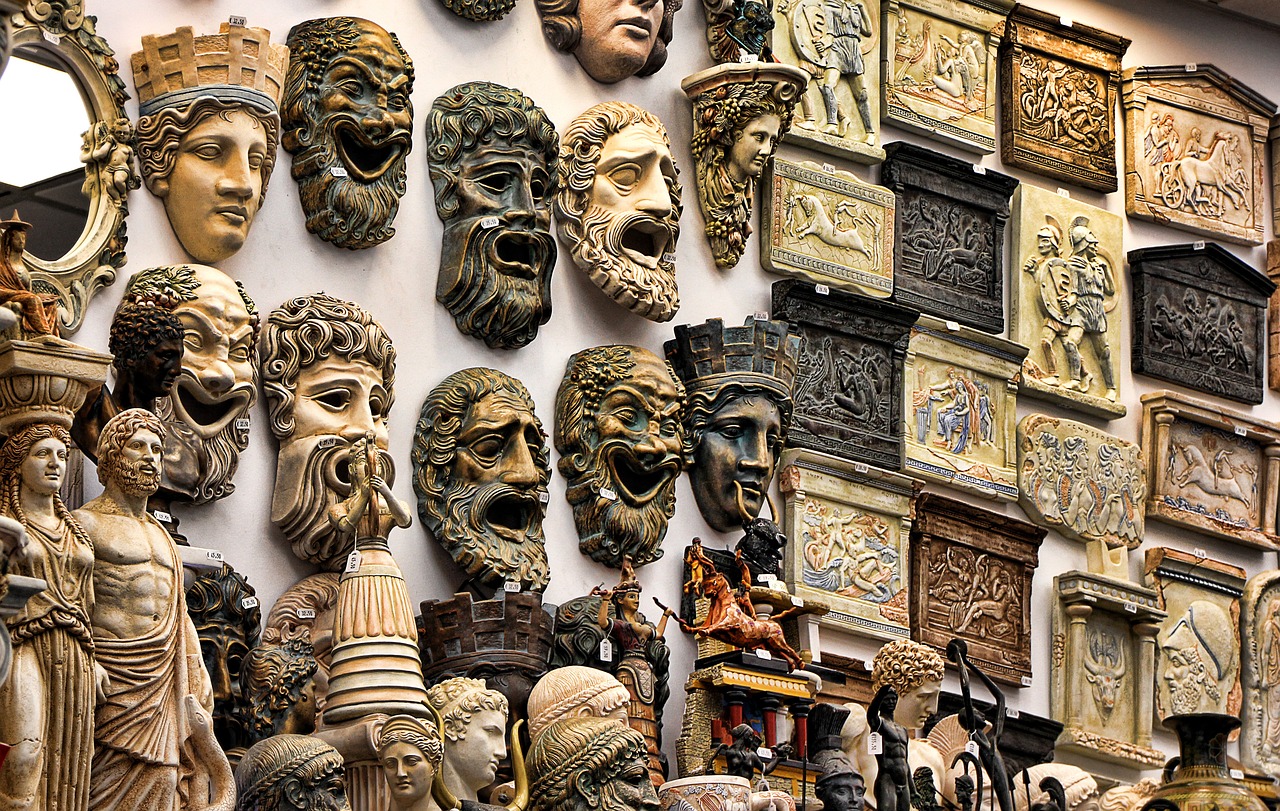The Pantheon of Power: Exploring the Complex Relationships Among Norse Gods and Goddesses
When you think about mythology, what usually comes to mind? Probably grand battles, epic quests, and larger-than-life characters, right? Well, if we’re diving into Norse mythology, we’ve truly struck gold. Picture this: giants, elves, and gods, all tangled up in a web of power, relationships, and conflicts that shape their universe. So, let’s pull back the curtain and explore the fascinating dynamics of this pantheon of power.
To start off, let’s introduce the main players. At the heart of the Norse pantheon lies Odin, the All-Father, who is not only the chief god but also a complex character. He’s like that enigmatic mentor in your favorite fantasy series—wise, but often shrouded in mystery and deception. He’s on an endless quest for knowledge, sometimes at the cost of others. Remember the story where he sacrificed an eye for wisdom? Talk about dedication! His insatiable thirst for knowledge often puts him in tricky situations, affecting his relationships with both gods and mortals.
On the flip side, we have Thor, Odin’s son—a big, booming character known for his thunderous might and warrior spirit. If Odin is the wise sage, Thor is the classic hero, often caught in scrapes and conflicts that put him at odds with giants and tricksters alike. The dynamic between father and son is particularly interesting. While Odin often embodies intellect and cunning, Thor represents brute strength and valor. You can almost hear the thunder rumble when they argue!
Then there’s Loki, the trickster god who acts as both an ally and a foe. If you think of Loki as a “wild card” in a deck of cards, you’d get the right feeling. His relationships with the other gods are fraught with ambiguity; sometimes he helps, and sometimes he’s the cause of their greatest woes. Loki’s schemes lead to the birth of some notable figures, like Fenrir the wolf and Jörmungandr the Midgard serpent—significant players in the ultimate showdown called Ragnarok. The tension in these relationships keeps the narrative engaging and unpredictable.
In addition to Odin, Thor, and Loki, we cannot overlook the significant goddess figures, especially Freyja. Known for her beauty and battle prowess, she embodies love, war, and fertility. Isn’t it fascinating how powerful women like Freyja shape the Norse narrative? She interacts with gods and mortals alike, often playing pivotal roles that challenge the patriarchal order we might expect in traditional mythologies. Her storylines intertwine with those of her male counterparts, thereby adding depth and complexity to the overall narrative. Freyja is a reminder that power doesn’t just come in the form of brute strength; it can also stem from intelligence, diplomacy, and charm.
And what about the relationship between the gods and the giants? In Norse mythology, giants often serve as adversaries to the gods. Imagine a fierce rivalry, akin to a “turf war,” where every encounter is charged with tension. Take the story of the creation of the world from Ymir, the primordial giant, whose body was used to form the Earth. It speaks volumes about how the gods view their giants—not just as enemies, but as fundamental elements of their existence. These interactions serve as a reminder that conflict is a natural part of life and mythology alike.
Lastly, let’s talk about the concept of fate, which is so central to Norse mythology. The Norns, three sisters who weave the threads of fate, illustrate the inescapability of destiny. In a world where gods, giants, and mortals are all bound by fate, the relationships become even more poignant and impactful. Imagine the drama of knowing your end is already woven into time and space. How would that shape your actions and relationships?
In conclusion, the complex relationships among Norse gods and goddesses provide a captivating study in power dynamics. Full of rivalry, bonds of love, and the occasional betrayal, this pantheon offers valuable lessons on human nature and our relationships with one another. So next time you find yourself pondering the myths, remember: it’s not just about the extraordinary powers of these gods and goddesses; it’s also their intricate relationships that keep the stories alive. There’s so much to learn when we delve into the colorful tapestry of Norse mythology!



